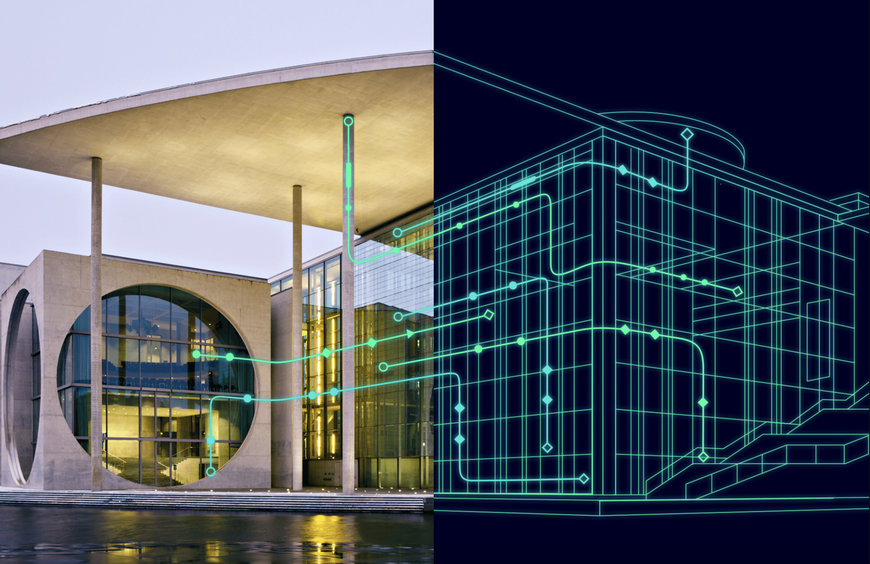smartbuildingmag.com
16
'24
Written on Modified on
Siemens News
SIEMENS AND MICROSOFT TO CONVERGE DIGITAL TWIN DEFINITION LANGUAGE WITH W3C THING DESCRIPTION STANDARD
Standardization will foster collaboration, accelerate innovation, and facilitate the exchange of digital twin models and data.

Standardizing Digital Twin languages is crucial for interoperability
In a collaborative move with the W3C Consortium, Siemens and Microsoft have announced their commitment to converge the Digital Twin Definition Language (DTDL) with the Thing Description standard from international standards organization, W3C.
By unifying both languages, customers are offered consistent modeling experiences, mitigating fragmentation in an evolving IoT landscape. With customers typically deploying a mix of vendors in their infrastructure leading to lock-in and high integration efforts, this convergence will allow for simpler system integration and interoperability.
As virtual replicas of physical objects, processes, or systems that mirror their real-world counterparts in a digital environment, digital twins enable organizations to monitor, predict, and improve the performance of their assets, enhancing efficiency and reducing costs. Standardizing Digital Twin languages is therefore crucial for interoperability, ensuring seamless communication and integration between different digital twin systems and platforms.
With Siemens already facilitating the emerging W3C Thing Description standard for future products in building management, power distribution and smart grids, extending this interoperability strategy to Microsoft Azure will bring about substantial benefits to customers.
Microsoft's Digital Twin Definition Language enables modeling of the physical world with Azure services, while the W3C Thing Description standard provides an interoperable representation of device interfaces and their incorporation of standard industry ontologies. Both languages have revealed many conceptual similarities during the initial stages of convergence.
In a collaborative move with the W3C Consortium, Siemens and Microsoft have announced their commitment to converge the Digital Twin Definition Language (DTDL) with the Thing Description standard from international standards organization, W3C.
By unifying both languages, customers are offered consistent modeling experiences, mitigating fragmentation in an evolving IoT landscape. With customers typically deploying a mix of vendors in their infrastructure leading to lock-in and high integration efforts, this convergence will allow for simpler system integration and interoperability.
As virtual replicas of physical objects, processes, or systems that mirror their real-world counterparts in a digital environment, digital twins enable organizations to monitor, predict, and improve the performance of their assets, enhancing efficiency and reducing costs. Standardizing Digital Twin languages is therefore crucial for interoperability, ensuring seamless communication and integration between different digital twin systems and platforms.
With Siemens already facilitating the emerging W3C Thing Description standard for future products in building management, power distribution and smart grids, extending this interoperability strategy to Microsoft Azure will bring about substantial benefits to customers.
Microsoft's Digital Twin Definition Language enables modeling of the physical world with Azure services, while the W3C Thing Description standard provides an interoperable representation of device interfaces and their incorporation of standard industry ontologies. Both languages have revealed many conceptual similarities during the initial stages of convergence.
www.siemens.com

